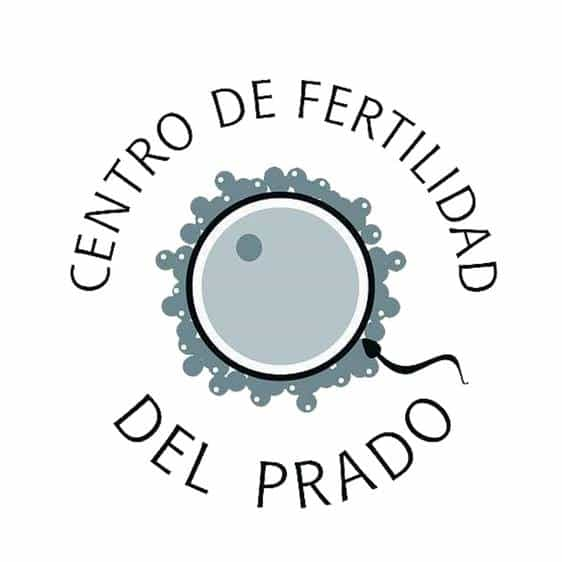
Tubal ligation reversal is a surgical procedure designed to restore fertility in women who have previously undergone tubal ligation (commonly known as “getting tubes tied”). Many women who initially opted for permanent contraception later reconsider due to life changes, and this procedure provides them with another opportunity to conceive naturally.Mexico has become a top destination for tubal ligation reversal, offering world-class medical facilities, skilled surgeons, and significantly lower costs compared to the U.S. and Canada. With high success rates and advanced microsurgical techniques, thousands of women travel to Mexico each year to undergo this life-changing procedure.
Key Insights at a Glance
- Affordable pricing: Tubal ligation reversal in Mexico costs up to 70% less than in the U.S.
- High success rates: Pregnancy success rates range from 50% to 80%, depending on individual factors.
- Experienced specialists: Board-certified fertility surgeons with years of experience.
- State-of-the-art hospitals: Modern, internationally accredited medical centers.
- Fast recovery time: Most patients return to daily activities within two weeks.
What is Tubal Ligation Reversal?
Tubal ligation, or "getting your tubes tied," is a permanent form of birth control where the fallopian tubes are cut, tied, or blocked to prevent pregnancy. However, for those who change their minds, a tubal ligation reversal (tubal anastomosis) can restore fertility by reconnecting the fallopian tubes. This delicate microsurgery re-establishes the passage for eggs to travel from the ovaries to the uterus, making natural conception possible again.
The success of this procedure depends on several factors, including:
- The type of tubal ligation performed originally.
- The remaining length and condition of the fallopian tubes.
- The patient’s age and overall reproductive health.
Why Choose Mexico for Tubal Ligation Reversal?
Mexico has become a leading destination for medical tourists seeking fertility treatments, including tubal ligation reversal. Here’s why:
1. Affordable Treatment Costs
Tubal ligation reversal in the U.S. can cost anywhere from $7,000 to $15,000, while in Mexico cost of Tubal Ligation reversal , the procedure is significantly more affordable, typically ranging from $3,500 to $6,500. The lower costs do not mean lower quality—Mexico has highly skilled surgeons and modern medical facilities that meet international standards.
| Service | Mexico | United States |
|---|---|---|
| Tubal Ligation Reversal Surgery | $3,500 – $6,500 | $7,000 – $15,000 |
| Anesthesia Fees | Included | $800 – $1,500 |
| Hospital Stay | Included | $2,000 – $5,000 |
| Total Estimated Cost | $3,500 – $6,500 | $10,000 – $20,000 |
2. Expert Surgeons
Mexico is home to some of the best fertility specialists, many of whom have trained in the U.S. or Europe. These doctors use advanced microsurgical techniques that enhance the success rate of the procedure.
3. State-of-the-Art Medical Facilities
Many hospitals and clinics in Mexico are accredited by international healthcare organizations, ensuring top-tier medical care. Facilities are equipped with the latest technology for reproductive surgeries, and many centers specialize exclusively in fertility treatments.
4. No Long Wait Times
Unlike in some countries where waiting lists for elective surgeries can be long, many clinics in Mexico offer fast scheduling, allowing patients to have their procedure within weeks.
The Tubal Ligation Reversal Procedure: Step-by-Step
Understanding the process can help you feel more confident in your decision. Here’s what to expect before, during, and after the procedure:
1. Preoperative Evaluation
Before surgery, doctors will conduct a thorough evaluation, which may include:
- Ultrasound imaging of the fallopian tubes.
- Blood tests to check overall reproductive health.
- Reviewing medical history and past surgical procedures.
2. The Surgery
- Performed under general anesthesia.
- A small incision is made in the lower abdomen.
- Microsurgical techniques are used to reconnect the fallopian tubes.
- The surgery typically lasts 1.5 to 2.5 hours.
3. Post-Surgery Recovery
- Most patients go home the next day or within 24–48 hours.
- Light activities can resume in 1–2 weeks.
- Full recovery usually takes about 4–6 weeks.
Success Rates and Pregnancy Chances
The success of a tubal ligation reversal depends on factors such as the type of ligation performed and the patient’s age. Generally:
- Women under 35 have a 70–80% chance of pregnancy post-surgery.
- Women aged 35–40 have a 50–60% chance.
- Women over 40 may have a 30–40% chance, but individual results vary.
Possible Risks and Considerations
As with any surgery, tubal ligation reversal has some risks, including:
- Ectopic pregnancy (5–10% risk) – where the fertilized egg implants outside the uterus.
- Infection or bleeding – rare but possible.
- Scar tissue formation – which may affect the success of the procedure.
However, choosing an experienced surgeon reduces these risks significantly.
Did you know?
Tubal ligation reversal is often more cost-effective than multiple IVF cycles for couples trying to conceive.
Frequently Asked Questions (FAQs)
1. How soon can I try to conceive after tubal ligation reversal?
Most doctors recommend waiting 1–2 menstrual cycles (about 6–8 weeks) before trying to conceive, to allow for proper healing.
2. Is tubal ligation reversal better than IVF?
It depends. Tubal reversal allows for natural conception, whereas IVF is an option when reversal isn't possible. The right choice depends on your personal circumstances.
3. What is the recovery time after tubal ligation reversal?
Most patients resume light activities within 1–2 weeks and return to normal life in about 4–6 weeks.
4. Does insurance cover tubal ligation reversal?
Most insurance companies do not cover tubal reversal, but clinics in Mexico offer affordable options and payment plans.
5. Can I still get pregnant if the reversal is unsuccessful?
If the surgery does not result in a pregnancy, IVF is an alternative option to achieve conception.
Did you know?
The success of tubal ligation reversal depends largely on the type of sterilization method used initially. Some methods, like clips or rings, are easier to reverse than others.
Take the Next Step Toward Parenthood
Tubal ligation reversal in Mexico offers a safe, affordable, and effective way to restore fertility for women who wish to conceive naturally. With highly skilled surgeons, advanced technology, and lower costs than in the U.S., many women are choosing Mexico for this life-changing procedure.If you're considering tubal ligation reversal, schedule a consultation today and take the first step toward growing your family!

.png)













Share this listing